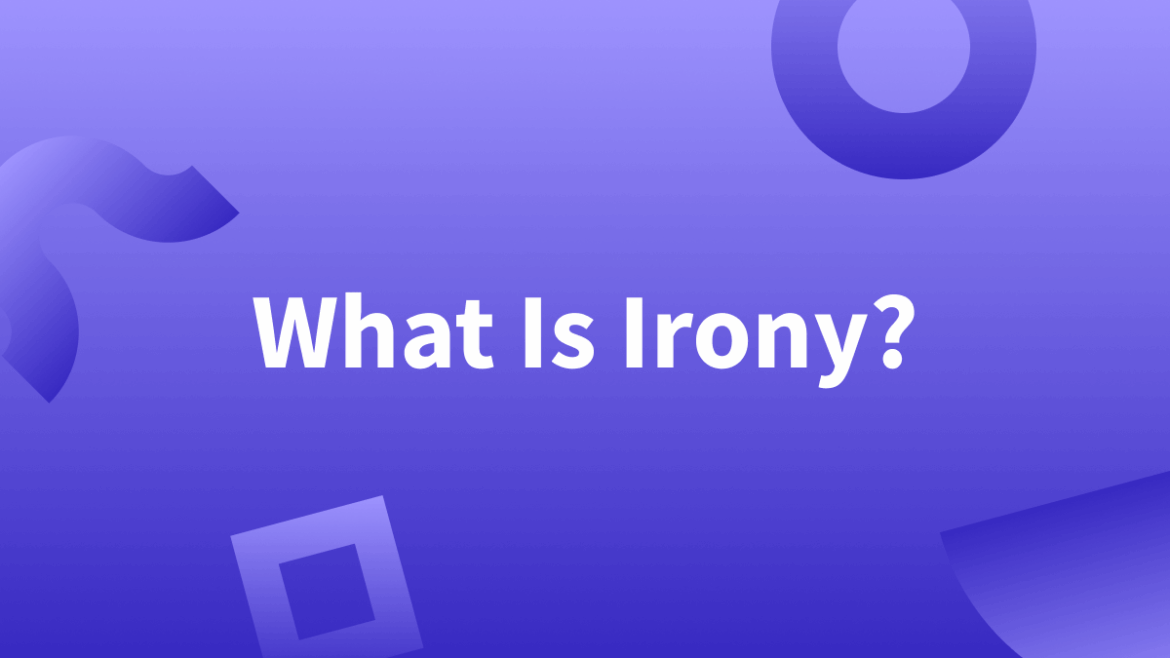465
Irony is a rhetorical device that uses deliberate ambiguity and often provokes thought or a smile. The term originates from Greek and can be translated as “disguise” or “mockery.”
What does irony mean? Definition and characteristic features
Irony often allows statements to be formulated more critically without being directly confrontational. In this chapter, you will learn what irony is, how it works, and how it differs from related terms.
- In an ironic statement, the speaker says something completely opposite to what is actually meant. This can be expressed, for example, as “Yes, that looks GREAT.”
- The key thing is that the listener or reader must recognize that it is not the wording that counts, but the meaning. To do this, you have to interpret body language and pay attention to tone of voice, facial expressions, and gestures.
- In written form, however, it can be more difficult to recognize and is therefore sometimes supported by stylistic devices such as exaggeration or deliberate contrasts. Certain emojis or quotation marks can also help to avoid misunderstandings.
- There are differences between irony and sarcasm: While irony is usually meant to be playful or critical, sarcasm can be hurtful. An example: If someone says “You did a great job!” to someone who has clearly made a mistake, and they mean it to be hurtful.
- Cynicism goes even further: it expresses itself through bitter, often contemptuous mockery. Cynics question moral values and display a disillusioned view of the world. For example, when someone says about social injustice, “Poverty has the advantage that you don’t have to afford anything.”
Irony in everyday life: Where we encounter it everywhere
Irony is more than just a linguistic device; it shapes political satire, literary works, and everyday communication.
- People use it to defuse embarrassing, stressful, or unpleasant situations. It allows difficult topics to be addressed without making oneself directly vulnerable.
- Irony promotes critical thinking and reflection. Those who communicate ironically require their counterparts to read between the lines. This activates thought processes that can lead to greater depth in conversation.
- In literature, irony is often used to question characters, plots, or society. Authors use it to create a deeper level of meaning. Works by authors such as Heinrich Heine and Franz Kafka frequently employ ironic elements.
- In the media world, you encounter irony primarily in satire, glosses, and commentaries. Political or social issues are presented in a pointed and critical manner. Series such as The Simpsons or Stromberg use it to humorously question social norms.
- In advertising, irony is used as a stylistic device to attract attention. Sixt, for example, advertised with “For all those who can’t get through with their company car again,” ironically alluding to the company car problems in politics.
- Irony is also a frequently used means of expression in social media. Memes, comments, and hashtags in particular often employ ironic messages. The risk of misinterpretation is higher here, as nonverbal cues are missing.

